
Anfa: The Elegant Heart of Casablanca
Discover Anfa, Casablanca's elegant neighborhood where luxury meets culture, featuring stunning beaches, upscale accommodations, and a vibrant arts scene.
Anfa is one of the most charming and upscale neighborhoods in Casablanca, Morocco. Known for its leafy streets and luxurious villas, Anfa captures the essence of modern Moroccan elegance. The area is a blend of the old and new, where traditional Moroccan architecture meets contemporary design, making it a fascinating place to explore for tourists. One of the highlights of Anfa is its proximity to the Atlantic coast. Visitors can enjoy a leisurely stroll along the beautiful beaches, or relax in one of the many seaside cafes that offer stunning ocean views. The neighborhood is also home to several high-end hotels and resorts, providing top-notch accommodation options for travelers. Anfa is not just about luxury; it also has a rich cultural scene. The neighborhood boasts several art galleries, museums, and theaters, which showcase both local and international talent. The Anfa Park is a great spot for a relaxing afternoon, offering lush greenery and a peaceful atmosphere. Additionally, the area is dotted with gourmet restaurants and chic boutiques, perfect for those looking to indulge in some retail therapy or savor delicious Moroccan cuisine.
Local tips in Anfa
- Visit Anfa in the early morning or late afternoon for the best beach experience and cooler temperatures.
- Don't miss the art galleries; they often have exhibitions featuring local artists.
- Book your accommodation in advance, especially during peak tourist seasons.
- Explore the local cuisine by dining at the neighborhood's gourmet restaurants.
Anfa: The Elegant Heart of Casablanca
Anfa is one of the most charming and upscale neighborhoods in Casablanca, Morocco. Known for its leafy streets and luxurious villas, Anfa captures the essence of modern Moroccan elegance. The area is a blend of the old and new, where traditional Moroccan architecture meets contemporary design, making it a fascinating place to explore for tourists. One of the highlights of Anfa is its proximity to the Atlantic coast. Visitors can enjoy a leisurely stroll along the beautiful beaches, or relax in one of the many seaside cafes that offer stunning ocean views. The neighborhood is also home to several high-end hotels and resorts, providing top-notch accommodation options for travelers. Anfa is not just about luxury; it also has a rich cultural scene. The neighborhood boasts several art galleries, museums, and theaters, which showcase both local and international talent. The Anfa Park is a great spot for a relaxing afternoon, offering lush greenery and a peaceful atmosphere. Additionally, the area is dotted with gourmet restaurants and chic boutiques, perfect for those looking to indulge in some retail therapy or savor delicious Moroccan cuisine.
Iconic landmarks you can’t miss
United Nations Square
Explore the cultural heart of Casablanca at United Nations Square, where vibrant energy meets rich Moroccan heritage near iconic landmarks.
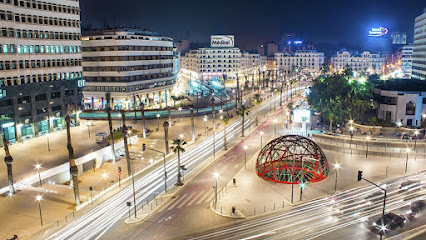
Mohammed V Square
Discover the architectural beauty and vibrant atmosphere of Mohammed V Square, a historical landmark at the heart of Casablanca.
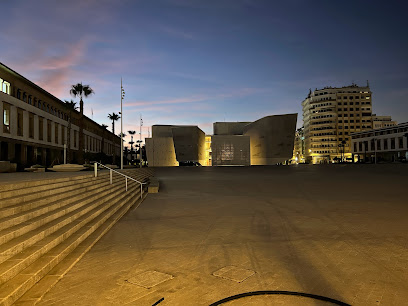
Anfa Park
Discover the beauty and tranquility of Anfa Park, a lush green space in Casablanca perfect for relaxation, family fun, and outdoor activities.
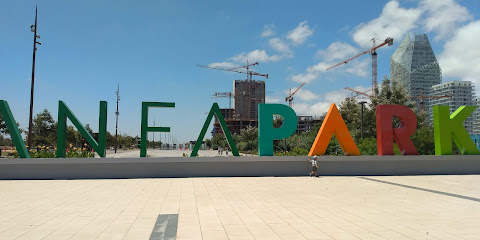
Sacred Heart Cathedral
Discover the enchanting Sacred Heart Cathedral in Casablanca, a neo-Gothic masterpiece blending cultural heritage with spiritual serenity.
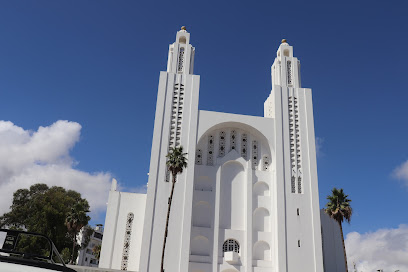
Villa of Arts
Explore the Villa of Arts in Casablanca, an artistic sanctuary showcasing the best of Moroccan contemporary art and culture.
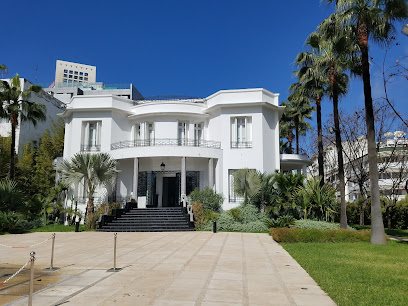
Mahkama of Pacha
Explore the Mahkama of Pacha in Casablanca, a stunning courthouse blending intricate architecture and rich Moroccan heritage.
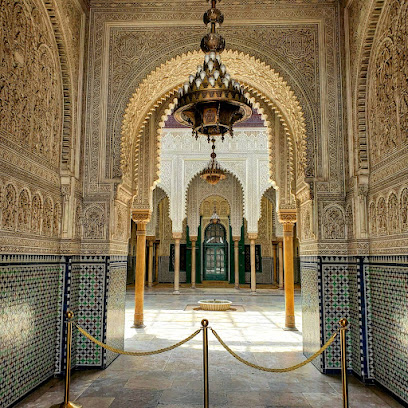
دار الآلة
Experience the vibrant history of Morocco at دار الآلة in Casablanca - a cultural gem showcasing art, artifacts, and local traditions.
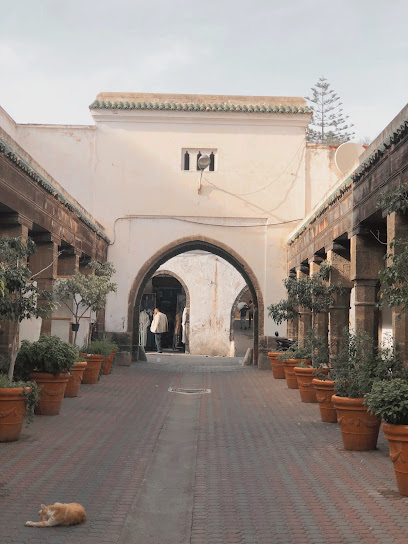
La Tour de l'Horloge
Discover the beauty and history of La Tour de l'Horloge, an iconic clock tower in the heart of Casablanca that captures the essence of Moroccan culture.
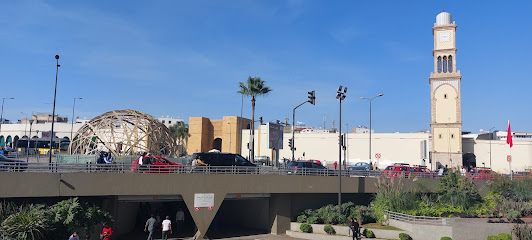
Drawing on the wall of the Moroccan family man
Explore the vibrant cultural landmark in Casablanca, showcasing the rich traditions and artistry of Moroccan life through a captivating mural.
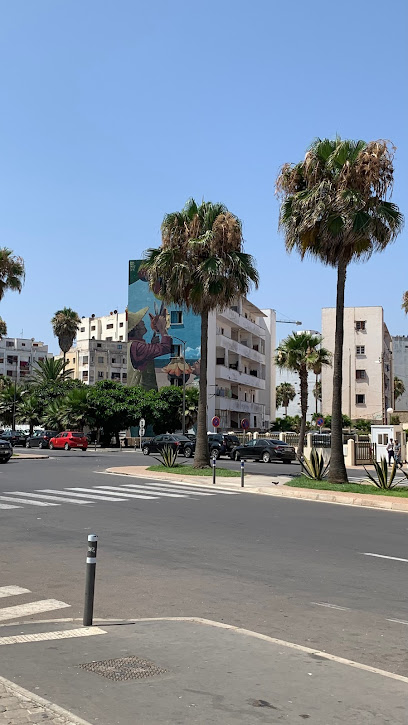
Casablancabylocal
Explore Casablanca's vibrant culture and rich history at Casablancabylocal, a captivating tourist attraction that brings the city to life.
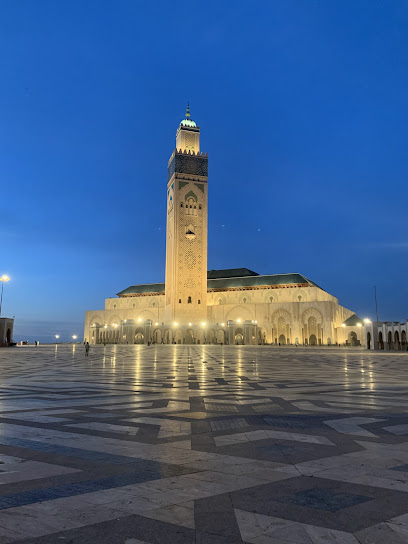
Unmissable attractions to see
Hassan II Mosque
Explore the awe-inspiring Hassan II Mosque, a stunning architectural marvel and a symbol of Moroccan culture in Casablanca, overlooking the Atlantic Ocean.
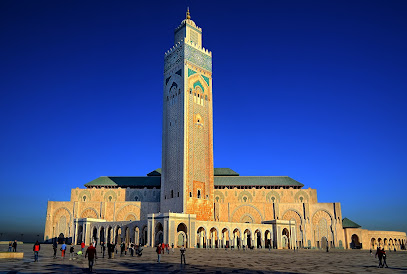
Anfa Park
Discover Anfa Park, a serene urban oasis in Casablanca, perfect for relaxation and enjoying nature amidst the city's vibrant atmosphere.
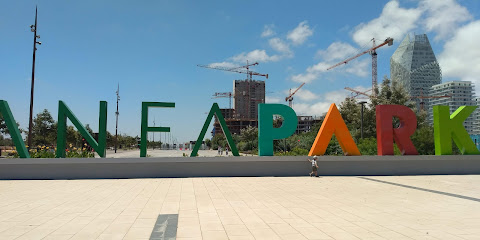
Crazy Park
Experience thrilling rides and family fun at Crazy Park, the ultimate amusement park in Tamaris, Morocco.
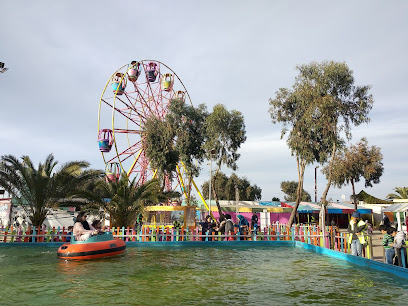
Villa of Arts
Discover the Villa of Arts in Casablanca, a vibrant art museum showcasing Moroccan and international art in a stunning architectural setting.

El Hank Lighthouse
Explore the El Hank Lighthouse, where stunning ocean views meet rich maritime history in the heart of Casablanca.
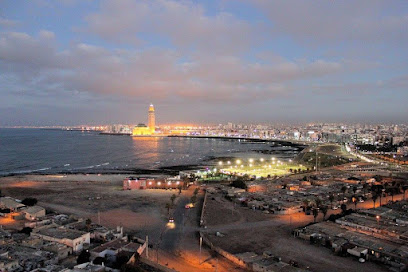
Velodrome Park
Explore Velodrome Park in Casablanca - A serene urban escape with lush greenery and recreational spaces for all ages.
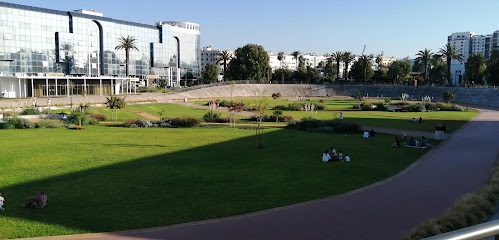
Ain Diab Beach
Discover the vibrant atmosphere of Ain Diab Beach in Casablanca, where golden sands meet the refreshing Atlantic waves, perfect for relaxation and adventure.
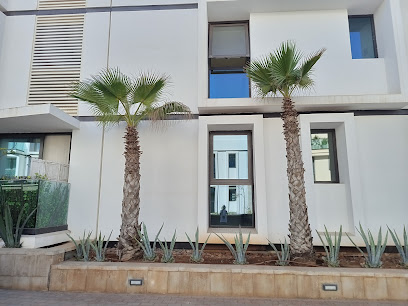
Dar el Makhzen
Explore the historical beauty of Dar el Makhzen in Casablanca, a mesmerizing landmark steeped in Moroccan culture and architectural splendor.

La Tour de l'Horloge
Discover the charm of La Tour de l'Horloge, a historic clock tower in Casablanca, blending culture, architecture, and vibrant city life.
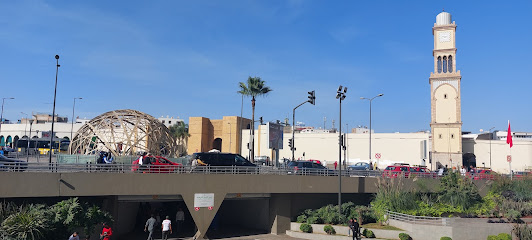
Fontaine LAPRAD1
Explore the artistic beauty of Fontaine LAPRAD1 in Casablanca, a serene tourist attraction blending culture, architecture, and relaxation.
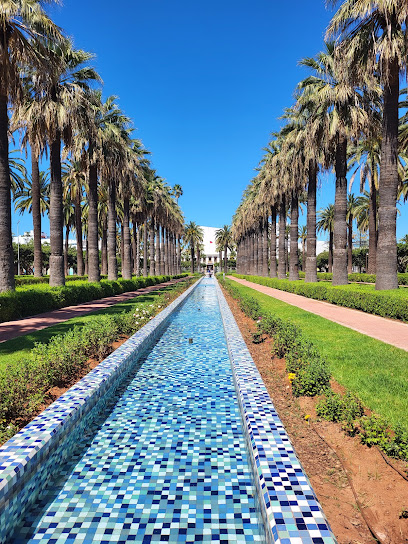
Zevaco Cupola Underground Passage
Discover the Zevaco Cupola Underground Passage in Casablanca: A hidden gem showcasing intricate architecture and rich Moroccan history.

Essential places to dine
La Sqala
Discover authentic Moroccan cuisine at La Sqala in Casablanca - where history meets flavor amidst beautiful gardens.
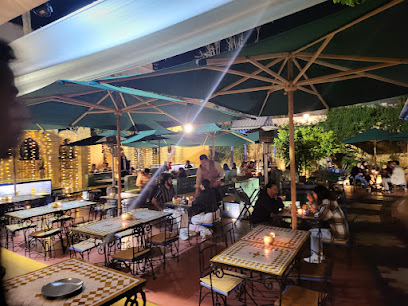
Al-Mounia
Experience authentic Moroccan cuisine at Al-Mounia in Casablanca - where tradition meets flavor in every dish.

Au Four A Bois
Experience authentic Italian cuisine at Au Four A Bois in Casablanca – where each dish tells a delicious story.
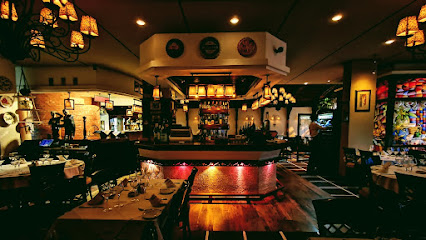
NKOA
Discover NKOA in Casablanca: Where Moroccan traditions meet modern culinary artistry in a vibrant fusion restaurant.
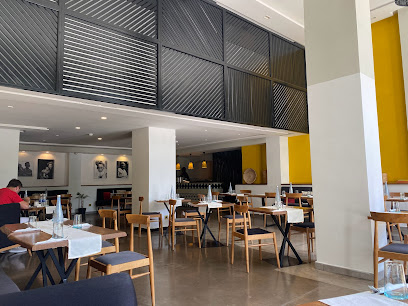
Café Belle d'Anfa
Discover the cozy charm of Café Belle d'Anfa in Casablanca – where every cup of coffee tells a story.

Coco palm
Experience Moroccan hospitality at Coco Palm in Casablanca - where exquisite cuisine meets stunning ocean views.
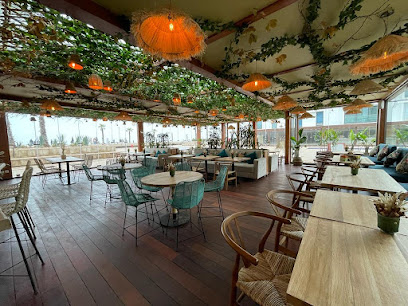
L'Adresse Anfa
Discover the fusion of traditional Moroccan cuisine and modern dining at L'Adresse Anfa in Casablanca.
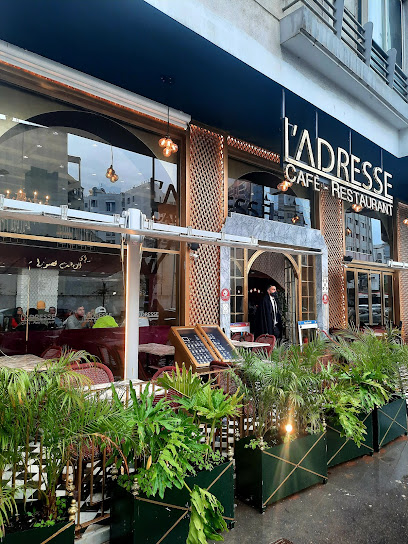
La Table Du Marché
Experience exquisite haute French cuisine at La Table Du Marché in Bourgogne, where culinary artistry meets fresh local ingredients.
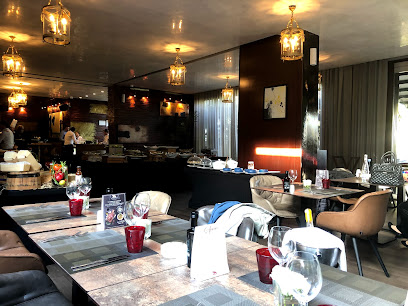
Restaurant Anfa
Experience the rich flavors of Morocco at Restaurant Anfa in Casablanca - a culinary journey through authentic dishes.
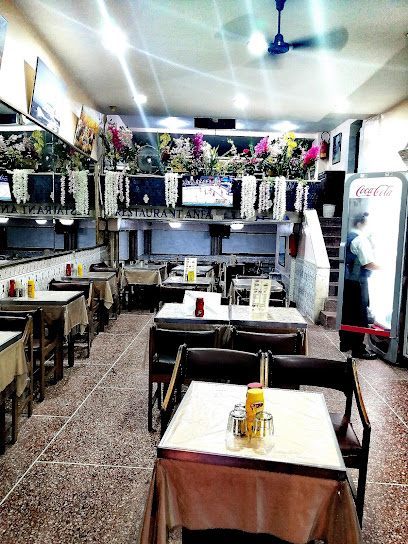
La Cantinetta
Experience authentic Italian cuisine at La Cantinetta in Casablanca's vibrant Anfaplace shopping center.
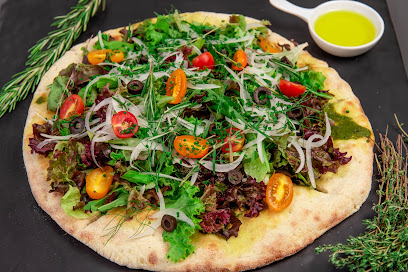
Markets, malls and hidden boutiques
Morocco Mall
Experience the essence of Moroccan culture and shopping at Morocco Mall, Casablanca's premier retail destination with diverse options and stunning architecture.
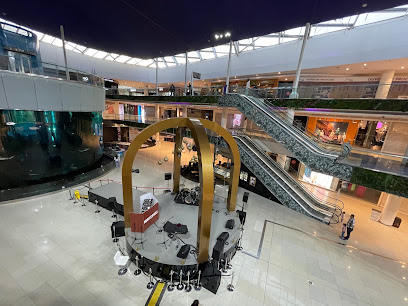
Anfaplace Mall
Discover Anfaplace Mall in Casablanca: A shopping paradise with stunning views, diverse dining options, and vibrant entertainment for all.
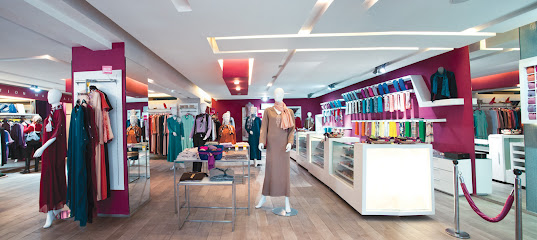
Alpha 55 - Anfa Place
Discover the ultimate shopping experience at Alpha 55 - Anfa Place in Casablanca, where modern retail meets local charm.
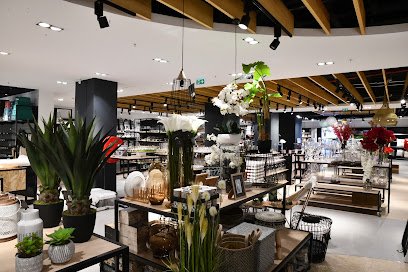
galerie el anfale
Experience the vibrant shopping culture of Casablanca at Galerie El Anfale, where local flavors meet international brands in a bustling mall atmosphere.
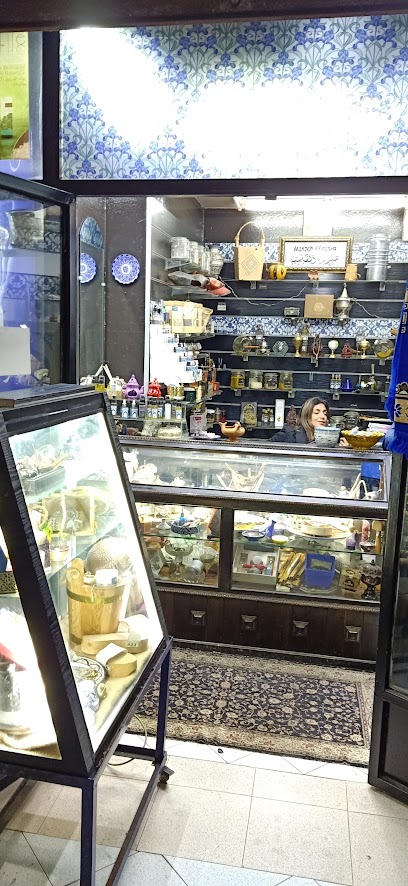
Unique Shop
Explore Unique Shop in Casablanca for an exquisite selection of beauty products, from local treasures to international favorites.
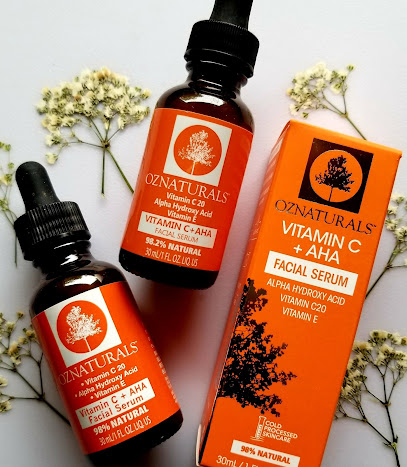
MINISO
Explore MINISO in Casablanca for trendy fashion accessories that combine quality with affordability, perfect for every style-conscious traveler.
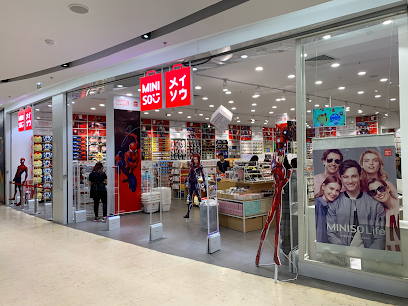
Casablanca Shopping
Discover the latest trends and timeless styles at Casablanca Shopping, the ultimate clothing destination in the heart of Casablanca.
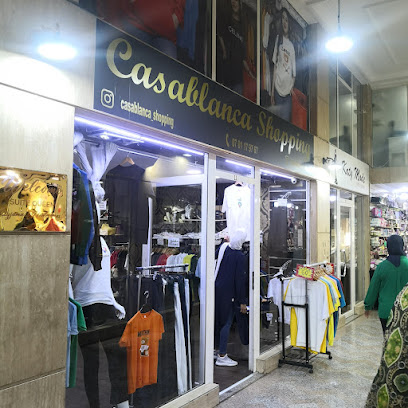
Monsoon
Explore the vibrant fashion scene at Monsoon, located in the heart of Casablanca's AnfaPlace Mall, offering unique clothing and accessories for every style.
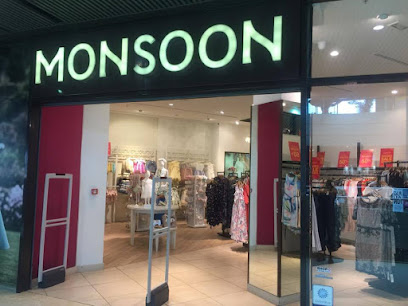
Shop-casa
Explore Shop-casa in Casablanca: A magazine lover's paradise with a diverse selection of local and international publications.

Anfashop
Discover the exquisite artistry of Moroccan jewelry at Anfashop in Casablanca, where every piece tells a story of tradition and beauty.

Essential bars & hidden hideouts
The Irish Pub Casablanca
Experience the enchanting blend of Irish warmth and Moroccan hospitality at The Irish Pub Casablanca, where every visit promises great food, drinks, and entertainment.
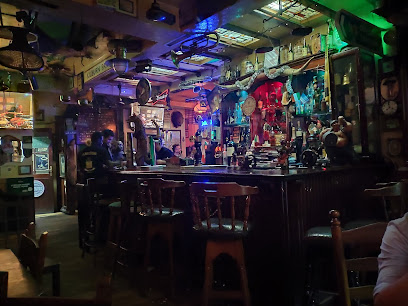
Backstage Casablanca
Discover the vibrant nightlife of Casablanca at Backstage Casablanca, a stylish lounge perfect for drinks and mingling in a cozy atmosphere.
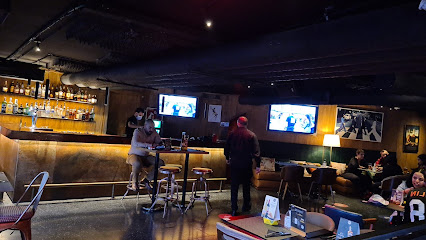
Amstrong Official
Experience the electrifying vibes of live rock music at Amstrong Official, Casablanca's premier destination for music lovers and nightlife enthusiasts.
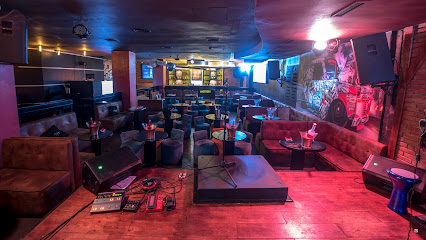
Wynn
Discover the elegance of Wynn, Casablanca's premier wine bar, where exquisite wines and delectable brasserie cuisine await in a chic ambiance.
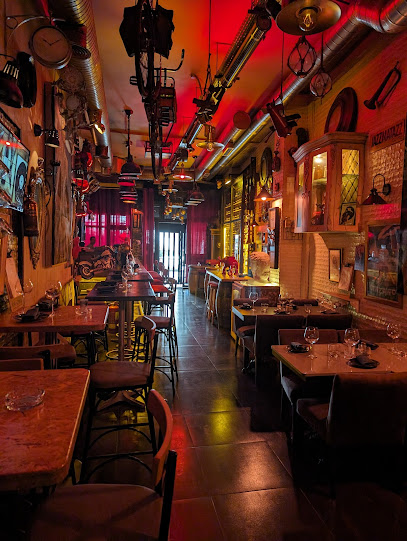
Rock Feller English Pub
Discover the vibrant nightlife of Casablanca at Rock Feller English Pub, where delicious food and drinks meet a lively atmosphere.
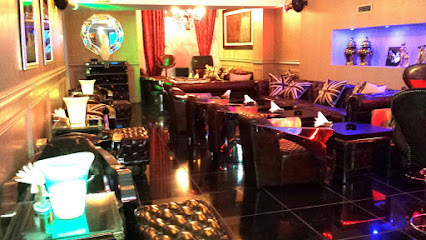
Bar CasArt
Discover the vibrant atmosphere of Bar CasArt in Casablanca, a perfect blend of Moroccan culture and modern nightlife.
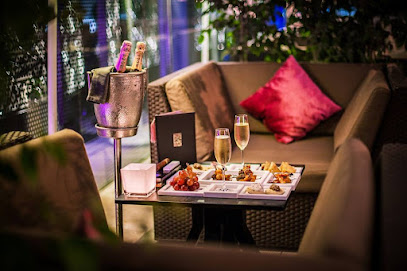
Le 4 Lounge Bar
Discover the heart of Casablanca's nightlife at Le 4 Lounge Bar - where vibrant cocktails meet an inviting atmosphere.
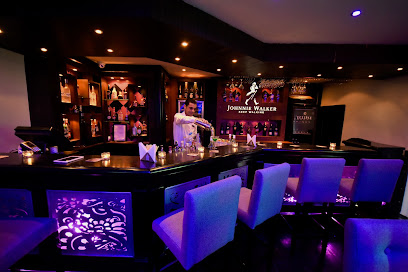
Bar Champoreau
Experience the vibrant atmosphere of Bar Champoreau, your go-to spot for drinks and socializing in the heart of Casablanca.
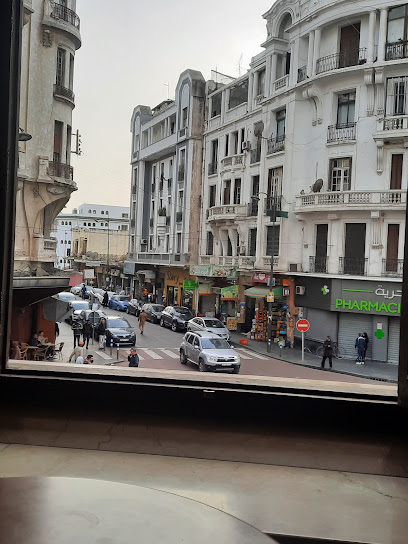
Select Bar casablanca
Discover Casablanca's vibrant nightlife at Select Bar, where locals and tourists mingle over drinks and live music in a lively atmosphere.

Living Room
Experience the vibrant nightlife of Casablanca at the Living Room Bar, where stylish ambiance meets refreshing beverages in a social atmosphere.
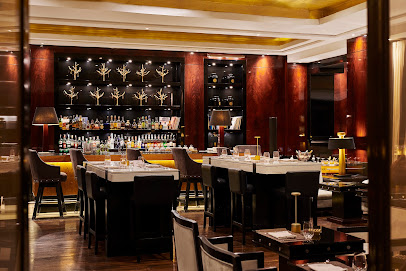
Local Phrases
-
- Helloسلام
[salaam] - Goodbyeوداعا
[wadaa'an] - Yesنعم
[naam] - Noلا
[laa] - Please/You're welcomeمن فضلك
[min fadlak] - Thank youشكرا
[shukran] - Excuse me/Sorryعذرا
[aathirana] - How are you?كيف حالك؟
[kayfa haluk?] - Fine. And you?بخير. وأنت؟
[bikhayr. wa'ant?] - Do you speak English?هل تتحدث الإنجليزية؟
[hal tatahadath al'injlizia?] - I don't understandأنا لا أفهم
[ana la afham]
- Helloسلام
-
- I'd like to see the menu, pleaseأريد أن أرى القائمة، من فضلك
[urid an ara alqaimah, min fadlak] - I don't eat meatأنا لا آكل اللحوم
[ana la aakul allahm] - Cheers!في صحتك!
[fi sahtak!] - I would like to pay, pleaseأود أن أدفع، من فضلك
[awad an adfaa, min fadlak]
- I'd like to see the menu, pleaseأريد أن أرى القائمة، من فضلك
-
- Help!النجدة!
[annajdah!] - Go away!انصرف!
[ansarf!] - Call the Police!اتصل بالشرطة!
[atassal bialshurta!] - Call a doctor!اتصل بالطبيب!
[atassal bialtabib!] - I'm lostلقد ضللت
[laqad dalalt] - I'm illأنا مريض
[ana mareed]
- Help!النجدة!
-
- I'd like to buy...أريد أن أشتري...
[urid an ashtari...] - I'm just lookingأنا فقط أتفرج
[ana faqat atafaraj] - How much is it?كم سعره؟
[kam si'ruh?] - That's too expensiveهذا غالي جدا
[hadha ghali jiddan] - Can you lower the price?هل يمكنك خفض السعر؟
[hal yumkinuk khaafid alsir?]
- I'd like to buy...أريد أن أشتري...
-
- What time is it?كم الساعة؟
[kam alsaa'ah?] - It's one o'clockالساعة الواحدة
[alsaa'ah alwahidah] - Half past (10)النصف بعد (10)
[alnusf ba'd (10)] - Morningالصباح
[alsabah] - Afternoonالظهيرة
[alzuhurah] - Eveningالمساء
[almasa] - Yesterdayأمس
[ams] - Todayاليوم
[alyawm] - Tomorrowغدا
[ghadan] - 1واحد
[wahid] - 2اثنان
[ithnan] - 3ثلاثة
[thalathah] - 4أربعة
[arbahah] - 5خمسة
[khamsah] - 6ستة
[sittah] - 7سبعة
[sab'ah] - 8ثمانية
[thamaniah] - 9تسعة
[tis'ah] - 10عشرة
[asharah]
- What time is it?كم الساعة؟
-
- Where's a/the...?أين هو/هي...؟
[ayna hu/hya...?] - What's the address?ما هو العنوان؟
[ma hu al'anaan?] - Can you show me (on the map)?هل يمكنك أن تريني (على الخريطة)؟
[hal yumkinuk an tureeni (ala alkhareetah)?] - When's the next (bus)?متى يأتي الحافلة التالية؟
[mata yatee alhaafilat altalyiah?] - A ticket (to ....)تذكرة (إلى....)
[tadhkirah (ila...)]
- Where's a/the...?أين هو/هي...؟
History of Anfa
-
Anfa, known as a coastal settlement, has roots that trace back to the Phoenician era around 1000 BC, serving as a vital trading post. The name 'Anfa' is believed to derive from the Berber word for 'the place of the wind,' reflecting its geographic significance along the Atlantic coast.
-
In the 12th century, Anfa gained prominence during the Almohad dynasty, which expanded its influence over the region. The Almohads fortified the area, and Anfa became an important harbor for trade and military expeditions, linking Morocco with other Mediterranean cultures.
-
By the end of the 15th century, Anfa faced decline due to attacks by Portuguese forces and subsequently fell into ruin. The area was largely abandoned, and its strategic importance was overshadowed by the nearby city of Casablanca, which emerged as a more significant urban center.
-
The early 20th century marked a resurgence for Anfa when French colonial authorities began developing the area into an affluent suburb of Casablanca. This transformation included the construction of luxurious villas and the establishment of elite neighborhoods, reflecting European architectural influences.
-
Today, Anfa stands as one of the most prestigious neighborhoods in Casablanca, characterized by its upscale residences, green spaces, and cultural institutions. The area is a blend of historical charm and modern luxury, making it a focal point for both residents and visitors seeking a taste of Casablanca's rich heritage.
Anfa Essentials
-
Anfa is well-connected to other neighborhoods in Casablanca. From the city center, you can take a taxi or a tram to Anfa. The tram network is efficient, with Line 1 connecting you to various parts of the city. If you are coming from the Hassan II Mosque or the Old Medina, consider a taxi for convenience, which typically costs around 30-60 dirhams depending on traffic.
-
Anfa is a relatively upscale area with numerous attractions within walking distance. For further exploration, taxis are readily available and can be hailed on the street or booked via mobile apps. Public buses also operate, but they may not be as convenient for tourists. Bicycles can be rented at various spots, offering a scenic way to explore the neighborhood's parks and beachfront.
-
Anfa is generally considered a safe neighborhood for tourists. However, like any urban area, it is wise to remain vigilant. Avoid poorly lit streets at night and keep an eye on personal belongings in crowded areas. Areas near the outskirts can be less safe, so it's best to stick to main streets and popular venues.
-
In case of an emergency, dial 19 for police assistance, 15 for fire, and 19 for ambulance services in Morocco. The nearest hospital is the Cheikh Khalifa International University Hospital, located in the nearby neighborhood of Ain Diab. It is advisable to have travel insurance that covers medical emergencies.
-
Fashion: Do dress modestly, especially when visiting local markets and public spaces. Women should avoid revealing clothing. Religion: Do respect local customs; when visiting mosques, women should wear headscarves. Public Transport: Do be polite and give up your seat to elderly people. Don't engage in loud conversations. Greetings: Do greet locals with a handshake. A slight bow of the head is considered respectful. Eating & Drinking: Do try local dishes and accept food offerings. Don't eat or drink in public during Ramadan.
-
To experience Anfa like a local, visit the local cafes and bakeries in the morning to enjoy freshly baked Moroccan pastries with mint tea. Engage with local artisans in the area, especially those selling traditional crafts. Don't miss the Anfa Place shopping mall for a mix of local and international brands, and make sure to stroll along the beachfront promenade, especially at sunset.
Nearby Cities to Anfa
-
Things To Do in Meknes
-
Things To Do in Marrakech
-
Things To Do in Fes
-
Things To Do in Asilah
-
Things To Do in Chefchaouen
-
Things To Do in Tangier
-
Things To Do in Essaouira
-
Things To Do in Tetouan
-
Things To Do in Cádiz
-
Things To Do in Europa Point
-
Things To Do in Gorham's Cave Complex
-
Things To Do in St. Michael's Cave
-
Things To Do in Queensway Quay Marina
-
Things To Do in Alameda Botanic Gardens
-
Things To Do in Main Street








